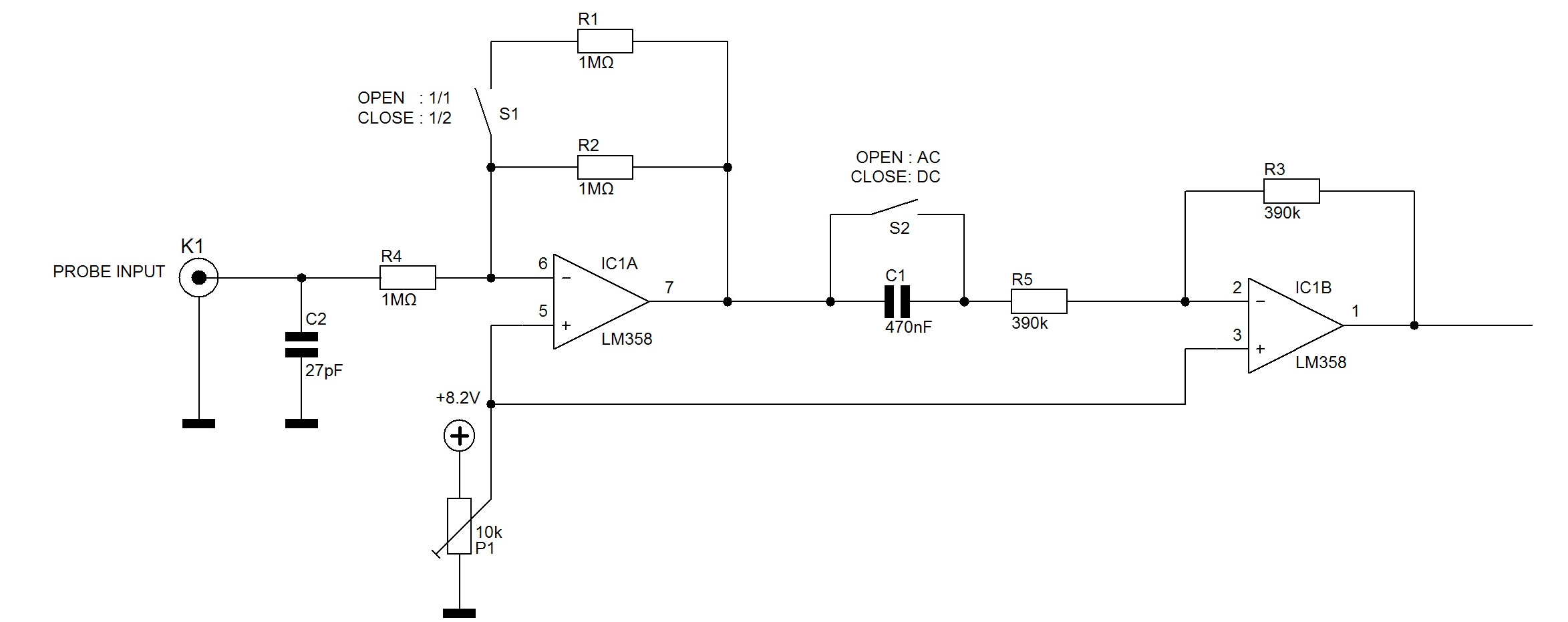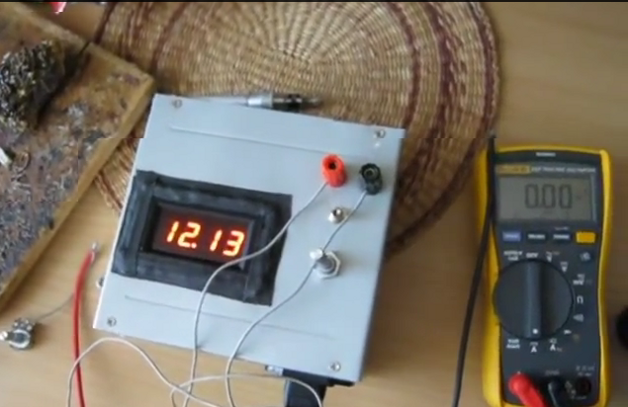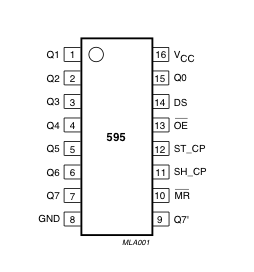(Serval Project) ... It is a free and open-source app for Android 2.2 “Froyo” and later, under continuous development. The latest official release of the Serval Mesh app is freely available from Google Play.
 Serval Mesh allows people to make voice calls, send text messages and share files
with other Serval Mesh users, without requiring infrastructure like
satellites, cell phone towers, Wi-Fi hot spots, or radio repeaters. The
primary motivation is to provide resilient communications during crisis
and disaster situations, when vulnerable infrastructure like phone cell
towers and mains electricity are cut off. Serval Mesh is also useful
for remote communities who lack conventional telephone services, small
organisations who need an internal telephone system, and dissidents in
oppressive countries that deny or monitor their citizens'
telecommunications.
Serval Mesh allows people to make voice calls, send text messages and share files
with other Serval Mesh users, without requiring infrastructure like
satellites, cell phone towers, Wi-Fi hot spots, or radio repeaters. The
primary motivation is to provide resilient communications during crisis
and disaster situations, when vulnerable infrastructure like phone cell
towers and mains electricity are cut off. Serval Mesh is also useful
for remote communities who lack conventional telephone services, small
organisations who need an internal telephone system, and dissidents in
oppressive countries that deny or monitor their citizens'
telecommunications.
Serval Mesh uses an Android device's Wi-Fi in Ad Hoc mode to communicate directly with other devices within range. To do so requires root permission
on the Android device. On devices where root permission is not
available, Serval Mesh can communicate using Wi-Fi in the normal Client mode, which requires an Access Point within range. Serval Mesh can use standard Internet connections such as 3G mobile data, home/office Wi-Fi router-modems, and wired networks (USB or Ethernet) to communicate with other devices.
Read more: http://developer.servalproject.org/dokuwiki/doku.php?id=content:servalmesh:main_page











